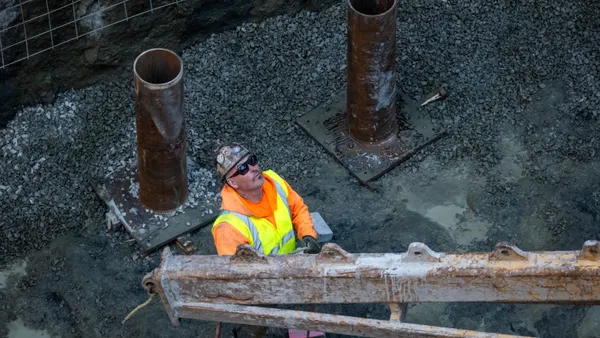Dive Brief:
- Last year in the nine counties considered to comprise the San Francisco Bay Area, 20,000 residential units were permitted. However, some industry experts have said that as many as 40,000 units per year are needed to narrow the current gap between supply and demand and keep up with new residents pouring into the region, The San Francisco Chronicle reported.
- The Chronicle said the building "boom" in the area is not easing price appreciation or demand because most of the units being built are in the high-end, luxury side of the market.
- Between January 2011 and today, the Bay Area has permitted only 94,000 residential units but created approximately 531,000 jobs — about 42,000 too few housing units and around 325,000 too many jobs to provide the optimal balance of available housing and demand, according to the Building Industry Association of the Bay Area.
Dive Insight:
The Chronicle said the Bay Area needs to kick up its housing production so that it creates a big enough surplus to bring down rents and home price appreciation, The Chronicle reports.
The shortage of housing and skyrocketing prices in the San Francisco area isn't new, but according to The Atlantic’s CityLab, some of the delay on new construction might be intentional.
Last month, CityLab’s Kriston Capps wrote that much of the San Francisco area's housing woes can be laid at the doorsteps of the city’s wealthiest who simply don’t want new construction ostensibly spoiling the character of their neighborhoods. Capps said that only land-use regulation can take such power away from residents who have plenty of money and influence to keep development out.
Beacon Economics released a report last month that found 625,000 net California residents left the state between 2007 and 2014, largely due to the rising costs of housing. Beacon said those most likely to leave the state fall into critical, albeit lower-skilled and less educated, worker categories like food service and transportation, which see average annual wages of $30,000 or less.













